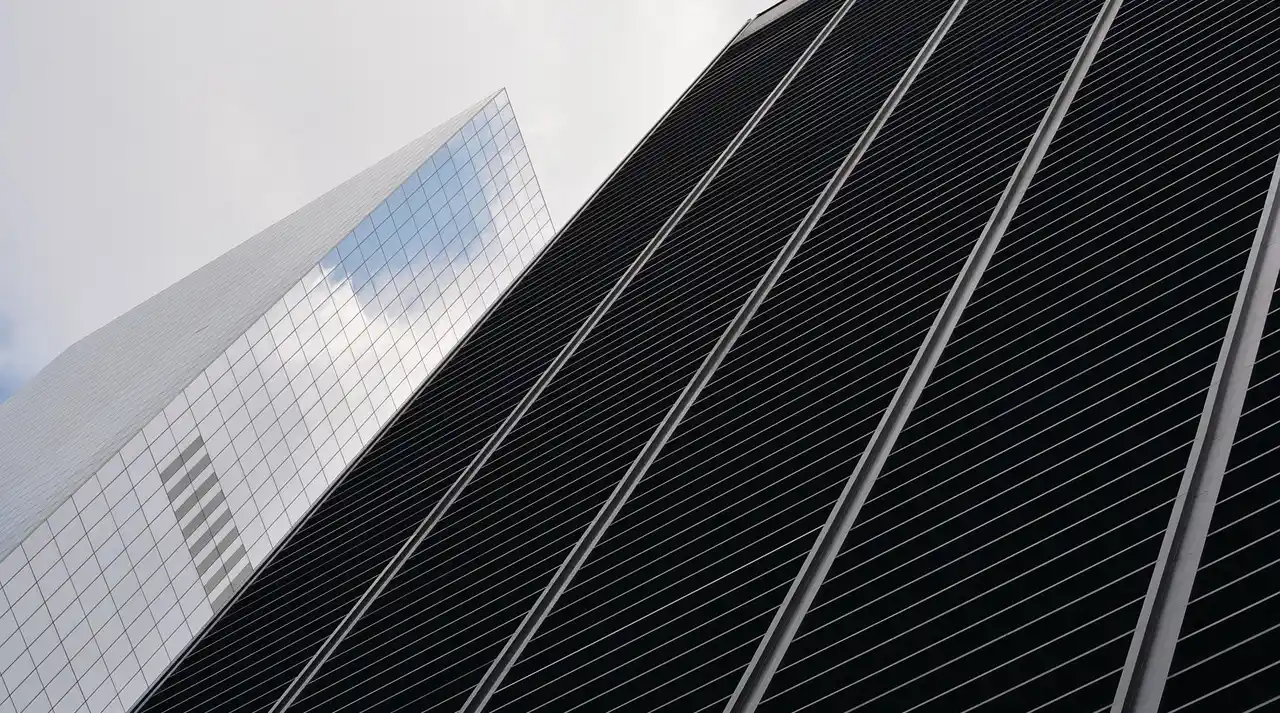Some of the housing planets in Melbourne are aligning to provide a fertile ground for buying property in Australia’s fastest growing capital city.
The biggest of all those planets, interest rates, are at record lows, and it would seem a matter of time before the continued fall in rates has a strong effect in increasing demand for property.
They can only go so low, and they’re about as low as you could hope for, investors have a history of snapping up rates while they can when they hit such low levels.
To coincide with this environment of low interest rates, we have a situation in Melbourne, which is rather unique to the other capital cities in Australia, where the government has announced that land supply will be restricted.
Planning Minister Matthew Guy has said that Melbourne has reached its geographical limits, and the city has to stop its urban growth sprawl. The city must cease expanding into rural areas at some point, and it is becoming too expensive and difficult for the government to provide a high level of infrastructure to endless new suburbs.
Basically, this means the government will not release any more land in Melbourne, changing the supply and demand environment. You can expect house and land prices to rise off the back of this approach from the government, especially blocks that have high level of amenities and are in high growth areas.
Supply is only one half of the equation that forms house prices. The other half is demand. And that demand planet is well and truly aligning when it comes to Melbourne.
It is the nation’s fastest growing capital city, with nearly 80,000 new people in the 2011-12 financial year to reach a total population of 4.25 million people.
Melbourne’s population is growing by around 1500 people per week and shows no sign of slowing. With a limited amount of new land being released by the government, this ever-increasing demand for housing can only push housing prices north.
The final main factor contributing to this healthy environment for property investment is the new government grants for first homebuyers. It has been increased to $10,000 and made exclusive to newly built properties.
On top of this the government has chopped stamp duty for first homebuyers by 40%. This should stimulate the purchase of newly built houses in the new suburbs of Melbourne.
While the economy is slow and interest rates are set at record low levels for the foreseeable future, it offers a healthy situation for those wishing to invest in property in Australia’s fastest growing capital city, with plenty of help from the government along the way.



